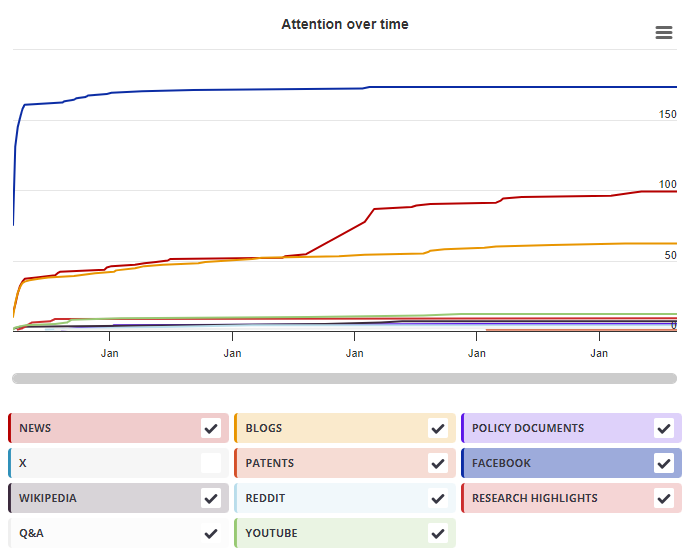| Chapter title |
The threshold of age in exercise and antioxidants action.
|
|---|---|
| Chapter number | 41 |
| Book title |
Free Radicals and Aging
|
| Published in |
EXS, January 1992
|
| DOI | 10.1007/978-3-0348-7460-1_41 |
| Pubmed ID | |
| Book ISBNs |
978-3-03-487462-5, 978-3-03-487460-1
|
| Authors |
Abraham Z. Reznick, Eric H. Witt, Michael Silbermann, Lester Packer, Reznick, Abraham Z., Witt, Eric H., Silbermann, Michael, Packer, Lester |
| Abstract |
Physical activity and exercise are important factors in determining the quality of life in old animals and humans. With age there is a slow but significant reduction in muscle mass and ability to perform certain physical activities. This may be due to changes with the age of muscle composition and protein turnover, as well as decrease of trophic influence in neural control of muscles of old individuals. Exercise in general was shown to improve muscle performance even in old age. However a concept of threshold of age in exercise was advanced forward in the 1970s. Accordingly, the idea was that for a given exercise of a particular duration and intensity there is a certain age beyond which this exercise may not have a positive influence, but can become detrimental to the exercising animal or human. Recent studies on the effect of antioxidants such as Vitamins C and E and selenium have shown that these agents could decrease the free radical associated muscle damage caused by extensive exercise. Thus, administration of these antioxidants especially vitamins C and E may reduce the oxidative damage due to exercise, and may alter the threshold of age by delaying it to an older age. |

Mendeley readers
Geographical breakdown
| Country | Count | As % |
|---|---|---|
| France | 1 | 11% |
| Unknown | 8 | 89% |
Demographic breakdown
| Readers by professional status | Count | As % |
|---|---|---|
| Professor | 2 | 22% |
| Student > Bachelor | 2 | 22% |
| Lecturer > Senior Lecturer | 1 | 11% |
| Librarian | 1 | 11% |
| Student > Master | 1 | 11% |
| Other | 1 | 11% |
| Unknown | 1 | 11% |
| Readers by discipline | Count | As % |
|---|---|---|
| Medicine and Dentistry | 3 | 33% |
| Pharmacology, Toxicology and Pharmaceutical Science | 1 | 11% |
| Veterinary Science and Veterinary Medicine | 1 | 11% |
| Sports and Recreations | 1 | 11% |
| Agricultural and Biological Sciences | 1 | 11% |
| Other | 0 | 0% |
| Unknown | 2 | 22% |